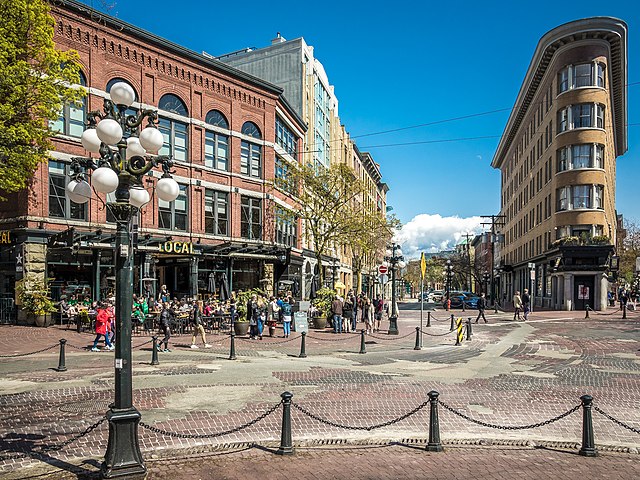Aligning circular economy and inclusion in Vancouver
Whether it’s an economic downturn, the pandemic, or mounting climate-related disasters, it’s becoming ever clearer that marginalized communities suffer a larger part of the impacts and need to be centered in any recovery discussions. In Vancouver over 2020, a number of projects and organizations did just that, aligning circular economy and inclusion.





